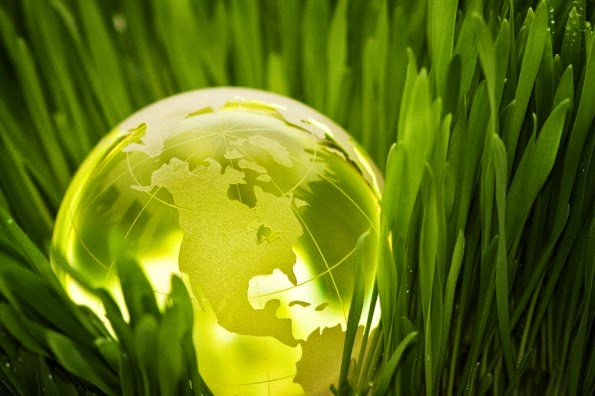
Dutch farmer’s chickens lay carbon-neutral eggs - poultry owner claims his new approach has the highest welfare standards and lowest cost to environment.

Invasive Regeneration uses a high-powered, solar-powered funnel installed at street level to shoot light onto a concrete block underground, allowing vegetation to grow in an otherwise inhospitable environment.

Part urban farm, part skyscraper, these vertical greenhouses could provide large-scale organic food production in cities, with a much smaller energy and carbon footprint than industrial agriculture.

GreenWave has developed a revolutionary floating farm that actually regenerates our oceans while providing jobs and a sustainable source of food.

South Korea will oversee the construction of an integrated agriculture city in Egypt which will feature 50,000 smart greenhouses in addition to desalination and solar power plants.

Shipping container farms, called TerraFarms, grow produce twice as fast as a traditional farm, all while using 97 percent less water and zero pesticides or herbicides.

Today the farm grows 10,000 heads of leafy greens a month year-round, with 17 different kinds of vegetables and herbs on rotation at a time, inside two greenhouses that total 750 square meters of growing space.

Founded by two sons of farmers, this company wants to grow farm-fresh food -- out of shipping containers.

The Netherlands will spend 150 million Euros on a program for farmers to turn cow poop into biogas using anaerobic digesters.

Sundrop Farms grows tomatoes in the Australia desert using solely sunlight and seawater, which is desalinized with solar power.